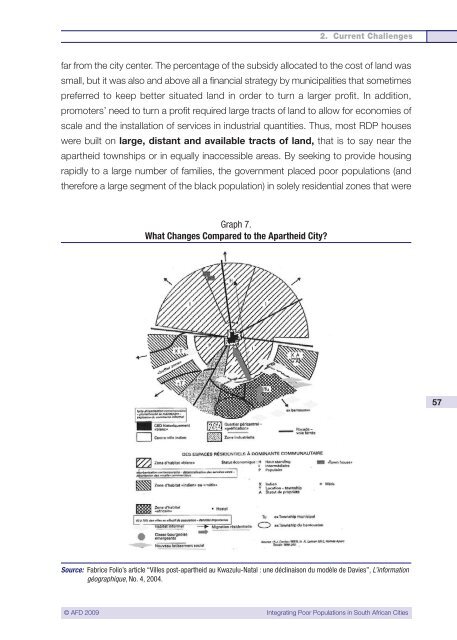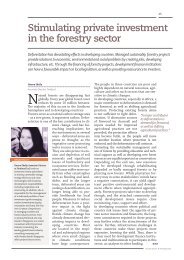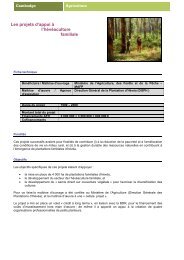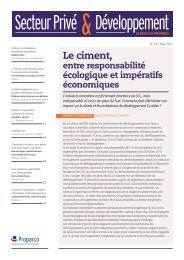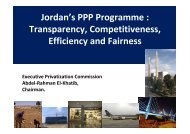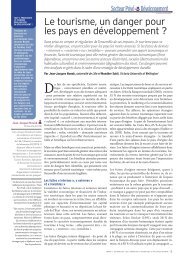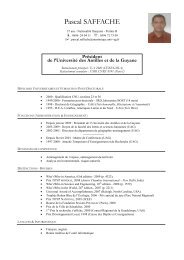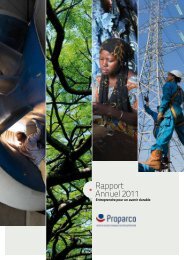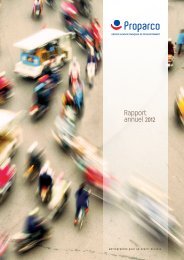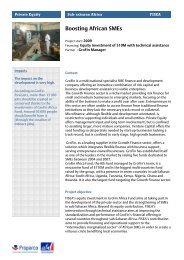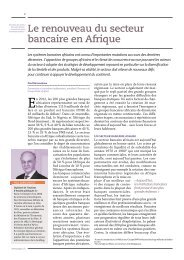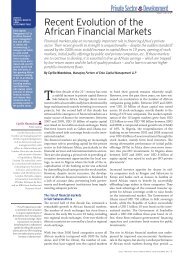Integrating Poor Populations in South African Cities - Agence ...
Integrating Poor Populations in South African Cities - Agence ...
Integrating Poor Populations in South African Cities - Agence ...
You also want an ePaper? Increase the reach of your titles
YUMPU automatically turns print PDFs into web optimized ePapers that Google loves.
2. Current Challenges<br />
far from the city center. The percentage of the subsidy allocated to the cost of land was<br />
small, but it was also and above all a f<strong>in</strong>ancial strategy by municipalities that sometimes<br />
preferred to keep better situated land <strong>in</strong> order to turn a larger profit. In addition,<br />
promoters’ need to turn a profit required large tracts of land to allow for economies of<br />
scale and the <strong>in</strong>stallation of services <strong>in</strong> <strong>in</strong>dustrial quantities. Thus, most RDP houses<br />
were built on large, distant and available tracts of land, that is to say near the<br />
apartheid townships or <strong>in</strong> equally <strong>in</strong>accessible areas. By seek<strong>in</strong>g to provide hous<strong>in</strong>g<br />
rapidly to a large number of families, the government placed poor populations (and<br />
therefore a large segment of the black population) <strong>in</strong> solely residential zones that were<br />
Graph 7.<br />
What Changes Compared to the Apartheid City?<br />
57<br />
Source: Fabrice Folio’s article “Villes post-apartheid au Kwazulu-Natal : une décl<strong>in</strong>aison du modèle de Davies”, L’<strong>in</strong>formation<br />
géographique, No. 4, 2004.<br />
© AFD 2009 <strong>Integrat<strong>in</strong>g</strong> <strong>Poor</strong> <strong>Populations</strong> <strong>in</strong> <strong>South</strong> <strong>African</strong> <strong>Cities</strong>


